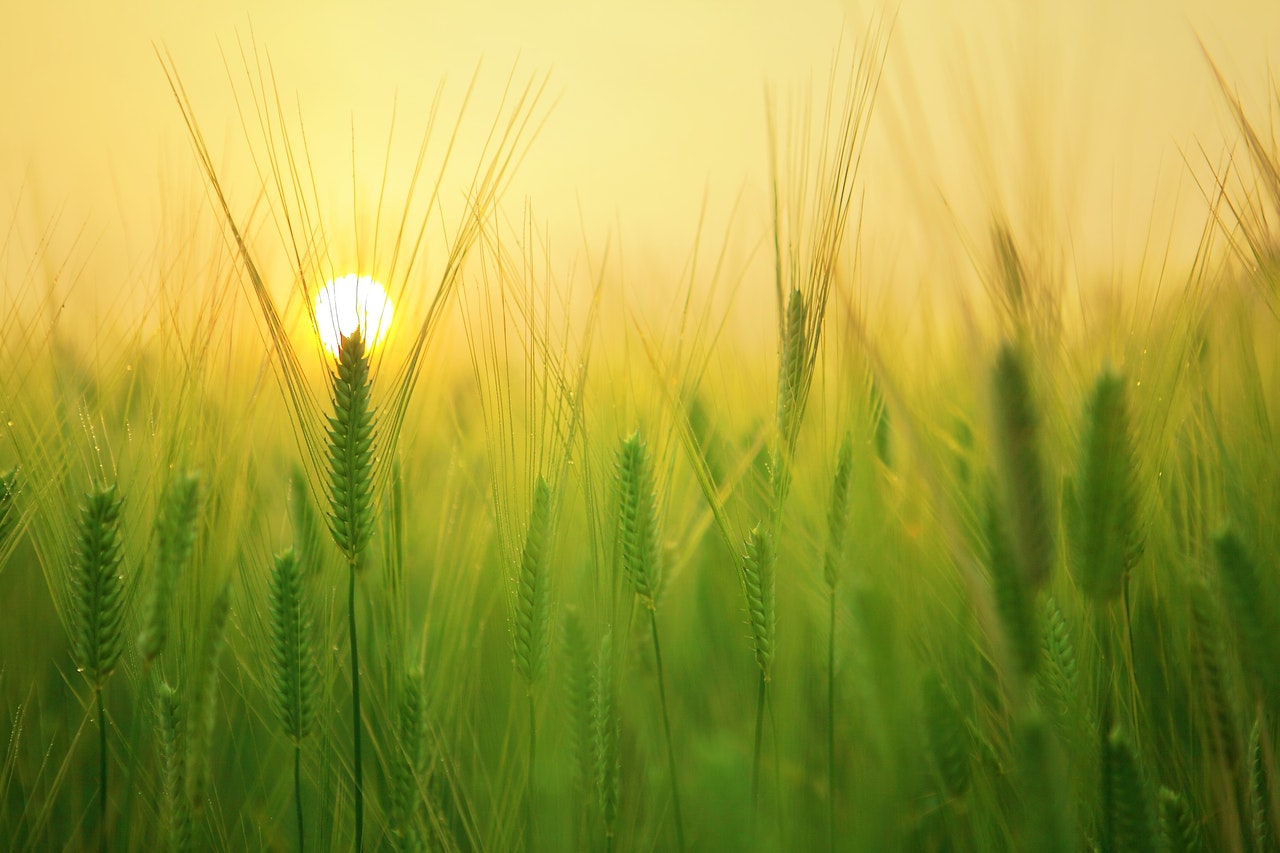
Wheat Allergy – What to Eat and Avoid
By Marcus Elden
- Health ,
- 19 Apr
Wheat allergies are allergic reactions to wheat. When dealing with a wheat allergy, you might need to avoid eating and inhaling wheat. Why? Because once your body detects a wheat intake, it will send out antibodies as a threat response. In addition, wheat allergies can vary from mild symptoms to severe reactions such as anaphylaxis.
So, you should take your wheat intolerance test if you suspect you are allergic to wheat. Moreover, you can avoid your symptoms by following a wheat-free diet. But first, let’s rule out some common wheat sources.
Foods Containing Wheat
Wheat is a common ingredient used in several foods. So, you need to pay attention when you select foods for yourself. Here are a few food categories containing wheat as an ingredient.
Baked Goods
Baking includes using wheat as a key component. So, you need to be cautious when purchasing baked goods such as pizza, bread, cookies, or cakes.
Cereals
Processed cereals usually used in morning breakfast are mostly made with wheat. So, you need to avoid them unless you do not find wheat as an ingredient.
Pasta
All types of pasta such as spaghetti, macaroni, noodles, couscous, and penne usually include wheat. Therefore, eating such dishes can trigger your wheat allergy.
Wheat proteins can be found in grains like oats, rye, and barley. However, you should check with your doctor to see if they are suitable for you.
Drinks
Wheat proteins can be found in a variety of drinks, including ales, beers, and root beer. As a result, you should avoid such beverages and seek a healthier option.
Dishes
Dumplings, waffles, breaded chicken, and gravy are all wheat-based foods that cause wheat allergies.
Dairy Products
Wheat can be found in ice cream, ice cream cones, and malted milk.
Other Foods
Several other food items, such as meat substitutes like seitan and coffee substitutes, contain wheat. Moreover, several food items are labelled with modified food starch. You should avoid buying these products.

Food Substitutes You Can Eat
If you have been diagnosed with wheat allergy after taking a wheat intolerance test, you must select your food carefully. Wheat is undoubtedly used in a variety of foods; however, you still have a lot of options to choose from. Here are a few safe substitutes you can eat with having a wheat allergy.
- Bread, cereals, flours, and pasta out of the following:
Gluten-free flours, Millet, Rice, Buckwheat, Corn, Sorghum, Polenta, Psyllium, Quinoa, Chickpea, Tapioca, Potato, Lentil, Oat, Coconut, Barley, Pea, Amaranth, Sago, Soy, Rye, Lupin, Arrowroot
- Gluten-free savoury cookies and crackers, including rice and corn crackers or cakes
- Beer made with hops or barley.
How to Avoid Wheat-Containing Foods
Wheat and wheat-derived products are used in almost every type of processed food nowadays. For instance, wheat flour is commonly used to thicken soups, and commercial sauces may or may not contain vegetable gum derived from wheat.
It’s important to read the labels of every processed item you buy just to be safe.
Final Thoughts
Avoiding wheat-based foods is hard and challenging. However, you can control your allergy by following a good diet plan prepared by a dietician. In addition, you should try to cook your meals at home as much as possible because it is a safer and healthier option for you.

A digital culture writer with a focus on emerging trends, online subcultures, and the psychology behind viral news. Marcus often deconstructs how digital platforms shape our collective attention and behavior.





